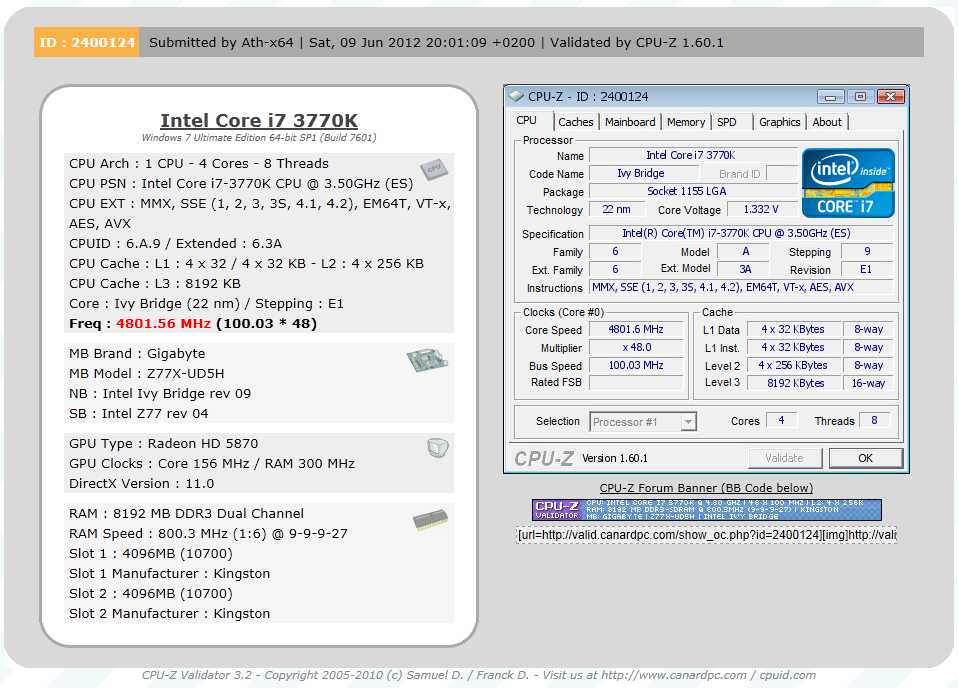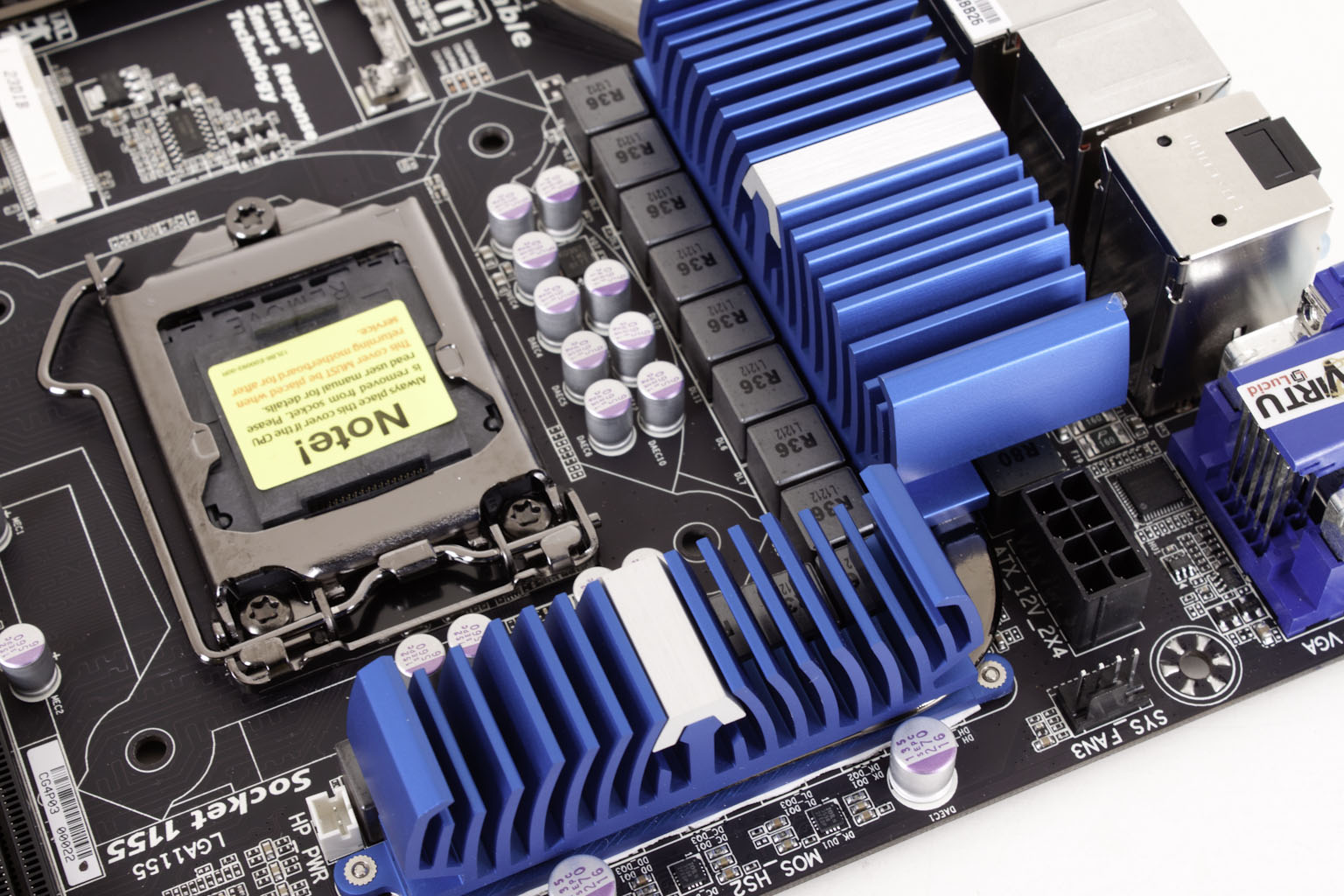BIOS -
BIOS is an acronym that stands for Basic Input/Output System. It is meant to control your product at a very low level. As of right now there are three regularly used BIOS formats (there are actually more than that but there are three common ones). These are the AMI (American Megatrends Incorporated), Award, and Phoenix. Of course with the introduction of the UEFI (Unified Extensible Firmware Interface) we now have a solid basis for the “BIOS” on new motherboards. This actually gets away from the term BIOS (Basic Input/Output System) and becomes more of a software interface. Each manufacturer will have their own take on how to implement this; some good, some not so good.
You can check out how Gigabyte has implemented the UEFI standard in their 3D BIOS in our video coverage below.
As you can see Gigabyte has made some nice improvements (at least the mouse is working properly now), but they still need to work on a few things.
Overclocking –
Overclocking is one of the fun parts of testing motherboards and CPUs (well really almost every component…). As Intel has developed their CPUs and Chipsets overclocking has become easier to accomplish for even a novice. CPUs and motherboards are designed with considerable headroom to allow for extra voltage and to handle the increase in speed. With Gigabyte this has become more and more of a priority. They have gone from a company that was only interested in getting stability to a company that is looking to get the most out of their products (and keeping them stable too). We saw this with our overclocking on the Z77X-UD5H. This was the only motherboard that was able to hit 4.8GHz using its Autotune functionality (and it was stable) while we had more success at 4.9GHz that just about any other board we have tested. Unfortunately 4.9GHz is still not fully stable so we dropped back to our 4.8GHz OC at 1.37 Volts. 

Of course overclocking is a picky subject. I can buy to identical CPUs from the store and they will not always perform the same way under stress. This is the same with motherboards, RAM and GPUs. So again it is important to keep in mind that our results represent a specific hardware configuration. Yours may be similar but will rarely be identical.
Overclocking Tools -
The main overclocking tool that you get with any Gigabyte motherboard is EasyTune6. This application is functional, but let’s face it Gigabyte needs to do some work on it to improve the look and usability of it. You can check out our video coverage of this and some of the other feature applications on the Z77X-UD5H below.

 In our continuing coverage of the Gigabyte Z77X-UD5H WB we are moving into the performance side of things. Here is where it becomes difficult to differentiate between companies. The problem is that if you are testing Z77 Express based motherboards you are testing very similar platforms. It is only when you start adding in features to the mix that they separate. So the big deal here is how well do these products perform when you throw in all the advertised features (or at least as many as will work at once)? This is what we try to do with our performances testing. In our
In our continuing coverage of the Gigabyte Z77X-UD5H WB we are moving into the performance side of things. Here is where it becomes difficult to differentiate between companies. The problem is that if you are testing Z77 Express based motherboards you are testing very similar platforms. It is only when you start adding in features to the mix that they separate. So the big deal here is how well do these products perform when you throw in all the advertised features (or at least as many as will work at once)? This is what we try to do with our performances testing. In our 

